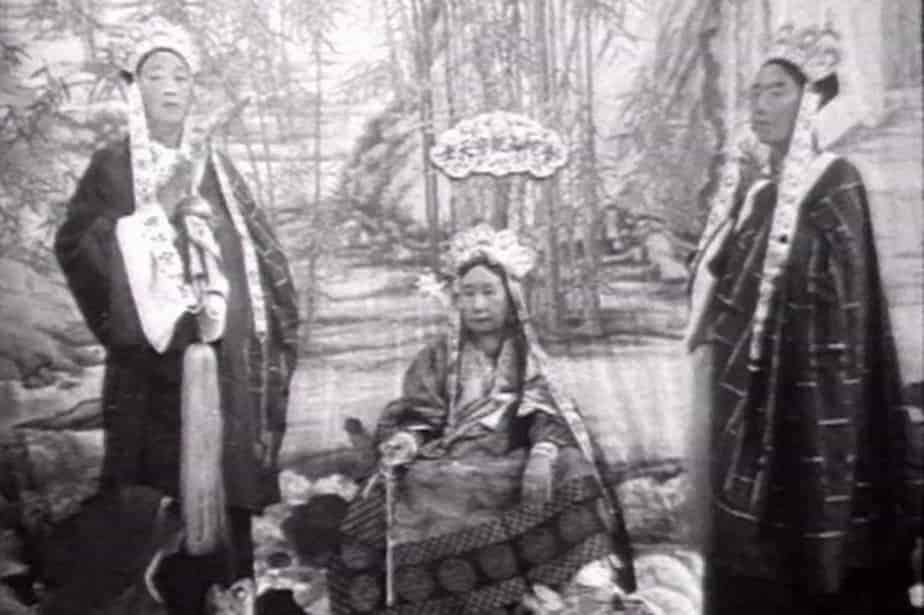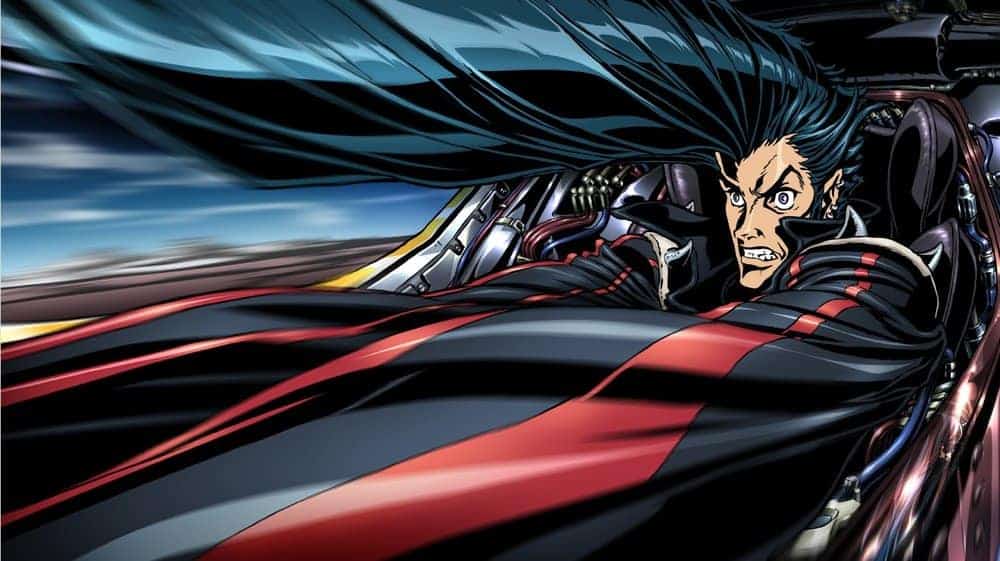“China Yellow, China Blue” is a two part documentary which covers the turbulent history of China from the end of the Qing dynasty and the formation of the Republic of China up until 1996. The documentary has two parts: “Part 1: The Time of Troubles” which covers the years 1900-1949 and “Part 2: The People's Republic of China” which deals with the years 1949-1996. The title of the documentary refers to the two competing Chinas: the yellow: the rural and agrarian China of the peasants (yellow is the colour for the Earth in Chinese) and the blue (the colour of the Water): the coastal and urban China founded upon maritime trade, that of the Intellectuals and Communist Party Officials. The two parts juxtapose the old and the new, using archival footage from a variety of sources to take the viewer on a historical and political journey through time.
“China Yellow, China Blue” is available from Icarus Films
Ahmed Lallem was an Algerian documentary filmmaker who is best known for his two-part documentary “Elles” (1966) and “Elles 2” (1996) which centred on Algerian high school girls talking about emancipation and their hopes for the future. 30 years after the original interviews that formed the content for “Elles”, Lallem tracks down seven of these girls, now grown up women, to find out how their lives turned out (“Elles 2”). In “China Yellow, China Blue,” Lallem adopts a similar strategy in contrasting the idealistic hopes for a democratic China with the reality of the political repression and conflicts that gave way to contemporary China (or China in 1996). Both two part documentaries are underpinned by a desire to understand how ideals can be corrupted over time and how the future turns out to be very different to the one envisaged through the discourse of emancipation from the tyranny of the past. The present turns out not to be the free one envisaged, but rather one that is still marked by tyranny, albeit in a different form to the original one.
In the first part, we are introduced to a China of Empire which includes the abdication of Pu Yi, the last Emperor of China (who was immortalised in Bertolucci's spectacular 1987 film “The Last Emperor”). We follow the struggles of the ordinary people against the atrocities of the War Lords, as they struggle for control of China before the Japanese occupation, during the second Sino-Japanese war (1937-1945). Footage of the Nanking massacre that took place during the Japanese occupation is particularly shocking. The first ends with the withdrawal of Japan in 1945 and the subsequent rise in Chinese nationalism.
In “The People's Republic of China”, we follow the turmoil of the foundation of a democratic China from the formation of the People's Republic in 1949 under Chairman Mao through the multiple political upheaval and machinations that lead to the formation of the contemporary Chinese state in the 1990s. This part is particularly interesting as it ruptures the linear history of China from a Feudal to a Modern State, which is underpinned by the discourse of Maoism and subsequently Chinese nationalism.
At the heart of the documentary is the failure of the idealism underpinning Communist ideology of equality and communal ownership. The People”s Republic in 1996 is very different to that originally envisaged by Mao in 1949 and indeed the Mao of the 1970s was a very different person to the idealistic youth. The footage of Tiananmen Square or the “June Fourth Incident,” where pro-democracy demonstrations mainly by students were met with brutal aggression by the Chinese Communist Party leading to the deaths of a substantial number of the protesters underpins this.
It is difficult in less than 2 hours to cover over 100 years of Chinese history, given the shifts in power, political intrigue and formation of a dictatorship and market economy. As such, we are offered snippets of events, mainly devoid of their specific historical contextualisation, which can only touch the surface of the transition of China from a Feudal to a Modern state. However, the footage spliced together here is extremely powerful and disturbing in places, even if the voice-over is itself ideologically suspect. Documentary films are always constructions of reality rather than reflections of reality and as interesting as “China Yellow, China Blue” is, one has to consider what has been omitted alongside what is included. Having said this, Lallem's attempt to provide the viewer with a comprehensive history of China should be commended, as should his attempt to offer an unbiased account of the century of turmoil. It is a thought-provoking documentary and it needs to be seen by a wider audience than when originally released.
















